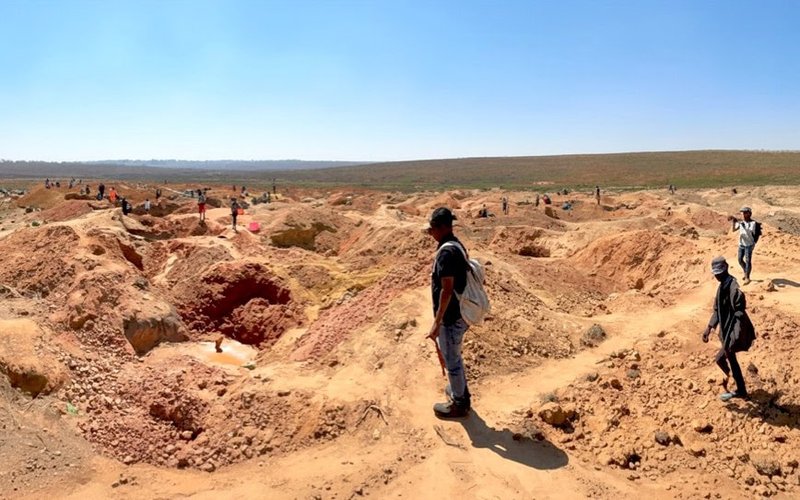Tyranna Resources (ASX: TYX) has acquired a 75% interest in the Chinguar gold project, 50 kilometres northeast of Huambo, Angola’s second-largest city.
The company’s Mauritian subsidiary Luvulu purchased the shares from Angolan owner AGFC via the payment of a US$39,000 annual surface tax commitment and US$32,000 as a proportion of AGFC’s incurred project costs to date, with the two to form an incorporated joint venture vehicle.
Luvulu – which will operate the JV and be solely responsible for funding AGFC’s capital requirements until the announcement of JORC-compliant mineral resource – may elect to continue its participation in the project or withdraw its interest, once a first-pass work program is complete.
Lobito Corridor Location
The Chinguar project sits across 3,342 square kilometres of flat, dry terrain and sealed roads within the Lobito Corridor.
It contains eight historical garimpo (or artisanal) operations along major faults where the mineralisation was won from sediments and laterites using hand-shovel or backhoe excavator workings extending over 1.5km long.
Tyranna expects both styles to act as vectors for the discovery of primary gold during its initial exploration programs, which will include stream sediment sampling and further assessment of the garimpo workings.
The program will comprise follow-up sampling, geochemical studies and geophysical data interpretation of anomalous areas, followed by targeted drilling.
Rising Metals Prices
Tyranna managing director David Crook said the Chinguar deal was taking place as metals prices continue to rise.
“Global demand for gold is high, making the acquisition of a large project in an emerging area strategically important for us,” he said.
“The number of garimpo workings targeting shallow gold within the Chinguar area provides credibility to the likelihood that this project will have areas with deeper, primary sources of gold wide open for significant discovery.”
Government geological and geophysical datasets covering a large part of Angola will help Tyranna conduct its on-ground field work.
